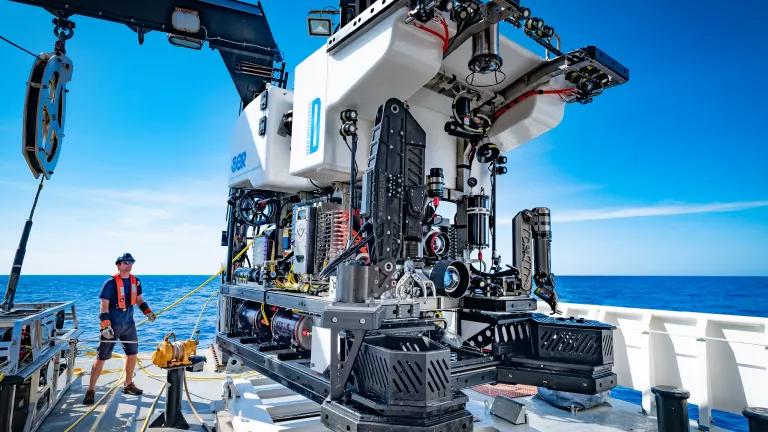
"Science will guide how to best restore the ecosystem and how much water can be exported" (July 25, 2012)
In California's San Francisco Bay-Delta system, we have a lot of science--a deep bench of scientific experts, decades of multi-disciplinary research, and impressive monitoring and modeling tools that continuously add to our knowledge and understanding of the estuary and its watershed. And, as evidenced by the statement above, which is regularly invoked by state and federal policy makers talking about their plans to meet the "coequal goals" for "protecting, restoring, and enhancing the Delta ecosystem" and "providing a more reliable water supply for California" mandated by the 2009 Delta Reform Act, we have a public, institutional commitment that planning and management will be based our scientific understanding of the system, the problems and the solutions.
But lately I have been really struck by how out of balance our pursuit and application of science is relative to the two coequal goals. Have you noticed that all of the science--both the actual science and the calls for more science--seems to focus on the ecosystem and fish side of the equation?
As a recent example: The Delta Stewardship Council is currently reviewing and discussing a report prepared by the Delta Independent Science Board on Flows and Fishes in the Sacramento-San Joaquin Delta. (See here at 1:49 for the November 19 presentation and panel discussion of the report.) This report follows others on habitat restoration (2013), Delta outflows and related stressors (2014), interior Delta flows and related stressors (2014), and adaptive management (in public draft). In this latest report, the authors recommend additional scientific studies and the development of more sophisticated predictive modeling tools that they say are necessary to fully understand the complex relationships between flow, habitat, ecological function and fish population dynamics. This increased understanding and the new models, say the authors, will allow us--the Delta Stewardship Council, state and federal resource management and regulatory agencies, water and irrigation districts, and other affected stakeholders--to figure out how to manage flow for fish and the Bay-Delta ecosystem while also meeting human demands for water. (emphasis mine)
No one would argue that more knowledge, deeper understanding and better models for fish and flows would be good. But, insufficient scientific understanding isn't our problem for making credible, science-based management decisions about the flow needs of fish and the ecosystem. We've been studying this for decades, and for all of those years the science has been telling us the same thing: flow is really important for physical, chemical and ecological function of the system and its biota; flow regimes that resemble natural hydrographs provide the greatest, most comprehensive ecological benefits and services; and that too little flow, particularly for prolonged periods, is stressful and drives ecosystem degradation and population declines for many native fish species.
Instead, the problem is that we have already exceeded the limits of the watershed and its water supply to meet both of those ecosystem needs and the current levels of water diversion for agricultural, urban and industrial use. Therefore, decisions about flow for fish or water supply for consumptive use are hard and there is a lot of reluctance to make them. It's easier to stall and say we need more science.
And that's where the other side of the equation--the water supply reliability coequal goal--comes in.
Where are the scientific research, review and modeling (much less any actual quantitative analysis) for water supply reliability that examine, on a regional basis, the many existing and potential management actions for efficiency, conservation, recycling, recapture and sustainable conjunctive use that could meet human demands for water without diverting water from our over-tapped rivers and Delta? These water supply strategies are essentially analogous to the many alternative non-flow management actions such as habitat restoration or predator control that are frequently proposed as solutions on the ecosystem side of the equation. But, other than the conceptual "portfolio alternative" developed by a coalition of environmental, business groups and urban water agencies (which the state refused to analyze for their Bay Delta Conservation Plan and California WaterFix planning efforts) and the Untapped Potential reports developed by NRDC and the Pacific Institute, I haven't heard anyone pushing for more science or touting the scientific basis of any current plans for this coequal goal.
In fact, in the introductory presentation to the Delta Stewardship Council on November 19th, Dr. Jay Lund, chair of the Delta Independent Science Board, summarized the "thematic reviews of science and Delta" that had been completed, were in progress, and were planned. The topic of "water supply reliability" was shown listed at the bottom as scheduled for some time in the "future."
That's too late.



